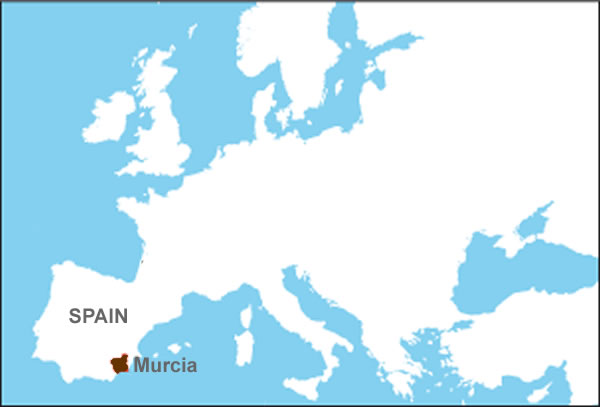Agrochemical remediation in farm soils combines new innovative techniques
The LIFE AgRemSO3il pilot project aims to develop new innovative technology, at a large farm-scale, using agrochemical remediation in farm soils by combining solarization and ozonation in situ. This innovative solution involves building new technological applications (giant equipment) and using methods that advance oxidation processes, which are called ozonation and H2O2; or solarization..
As there is currently no machine in existence that uses these techniques, the project will build a prototype machine to test and demonstrate the technical, economical, and ecological feasibility of the innovation at an existing farm in Murcia, Spain.
The project provides a new cost-effective solution for this ongoing, silent problem while supporting the soil’s true function as part of the wider ecosystem positively impacting the feed and food products produced, which have consequent effects on human health. The project also plans to integrate into its work Common Agriculture Policy’s environmental objectives and promote EU’s agriculture and environmental policies. Life Cycle of Analysis (LCA) and economic assessment, including governance which relates to legal and financial instruments, will be performed prior to the wide distribution of the system to other regions in Europe.
The AgRemSO3il System is a combination of solarization and ozonation techniques for farm soil remediation and disinfection.
Ozonation
Ozonation generates hydroxyl radicals, with the help of light radiation, that attack and destroy any organic molecules from CO2, H2O and mineral salts.
Solarization
Solarization is based on the placement of a transparent plastic on top of the farm soils during the summer months, when temperature and light radiation are more intense.



